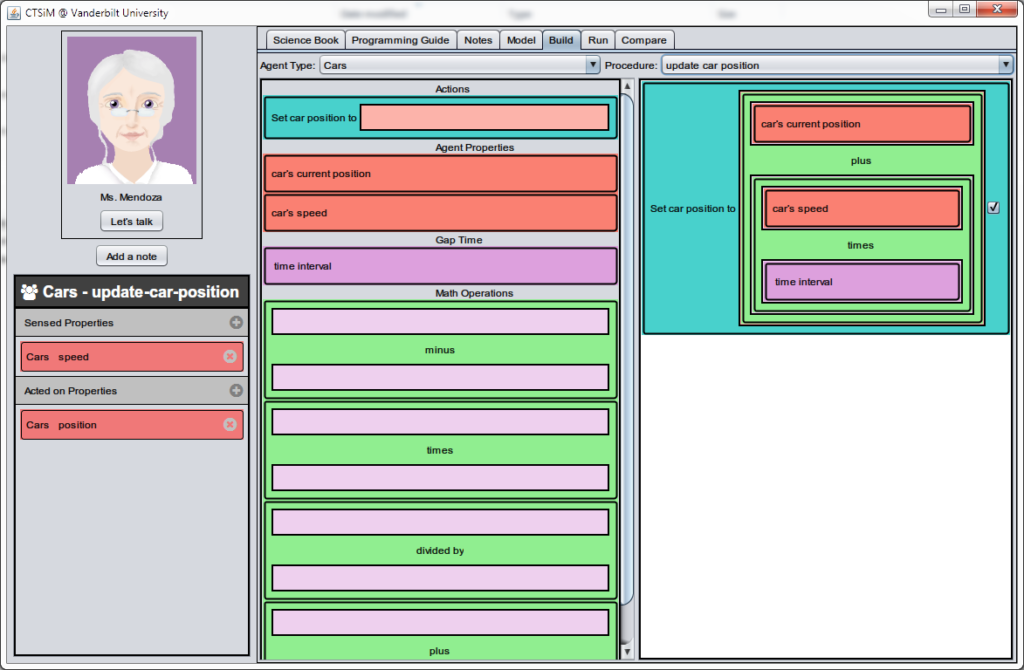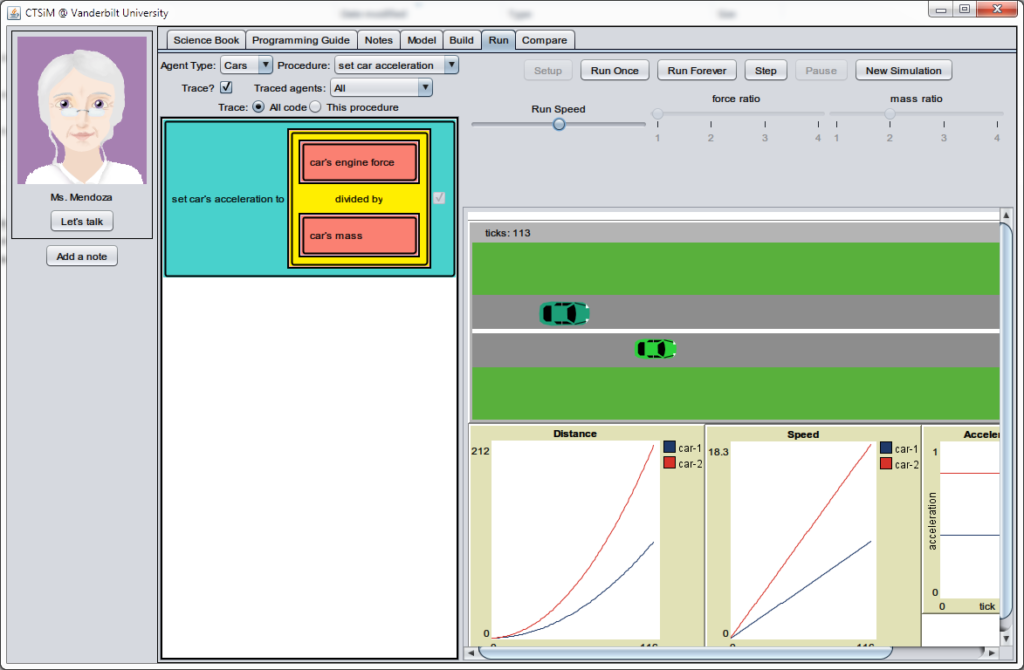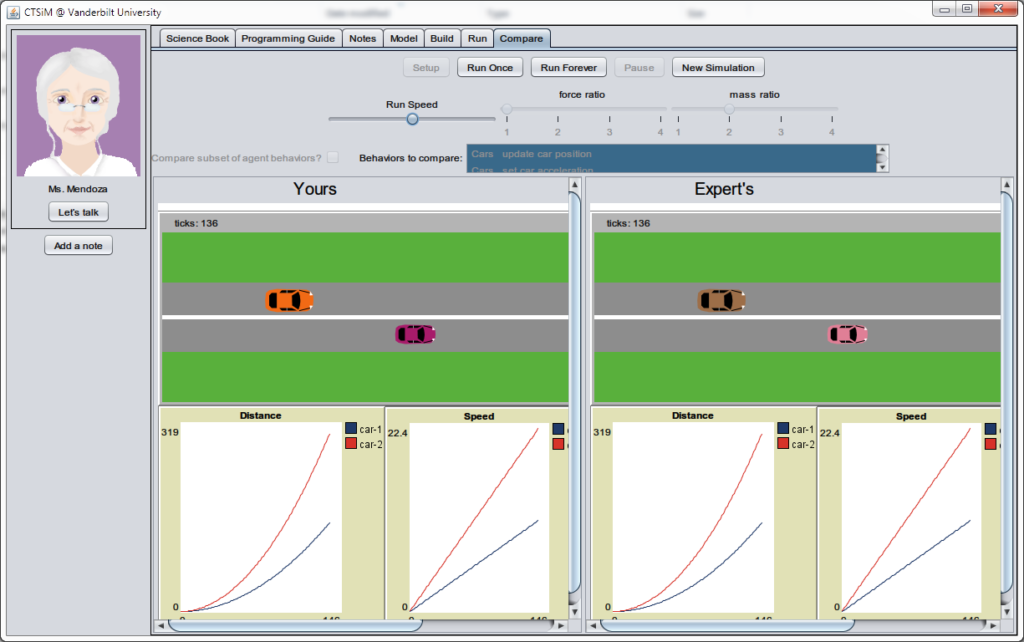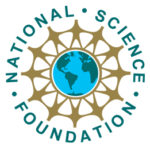CTSiM
CTSiM
CTSiM (Computational Thinking using Simulation and Modeling) is an OELE that promotes the synergistic learning of science and computational thinking (CT) concepts using a “learning by modeling” approach. In CTSiM, students build their simulation models using an agent-based, block-structured visual language and are provided with additional tools to help them test and verify their models.
Learning Activities

CTSiM Learning activity: reading the domain library


CTSiM Learning activity: constructing conceptual and computational models

CTSiM Learning activity: stepping through model execution

CTSiM Learning activity: comparing with an expert model
Students’ learning and model building activities in CTSiM involve a mixture of five primary activities, and students can freely switch between them. The five learning activities are (1) viewing and acquiring information about domain content and CT-related concepts from hypertext resource libraries; (2) constructing an abstract conceptual model of the science scenario using an agent-based framework (which defines the relevant properties and behaviors associated with the agents that operate in that environment); (3) building computational models of agent behaviors using a block-structured visual language; (4) executing their models to analyze the behaviors generated as NetLogo simulations [7]; and (5) verifying the correctness of their models by comparing them to the behaviors generated by an expert model that runs synchronously with theirs.
Learning Progression
CTSiM has a learning progression that consists of two introductory training activities: (1) unilateral polygons and (2) spiral patterns as well as seven primary modeling activities: (1) advanced kinematics (rollercoaster), (2) mechanics (car acceleration), (3) advanced mechanics (rocket launch), (4) momentum (colliding spheres), (5) diffusion and dynamic equilibrium (particle diffusion), (6) macroscopic ecology (fish and aquatic plants in a fish tank), and (7) microscopic ecology (bacteria in the fish). The OELE Group maintains close collaborations with the education community, and many of the modeling activities are the collaborative result with classroom teachers and instruction science professionals.
Studies
We have conducted studies with CTSiM in different modalities since 2013, including pilot pull-out studies, in-classroom interventions, remote studies purely administered by classroom teachers, and summer camp projects. Pre- and post-tests in these previous studies have demonstrated that students show significant learning gains in the science content knowledge as well as CT skills.
Funding agency:

